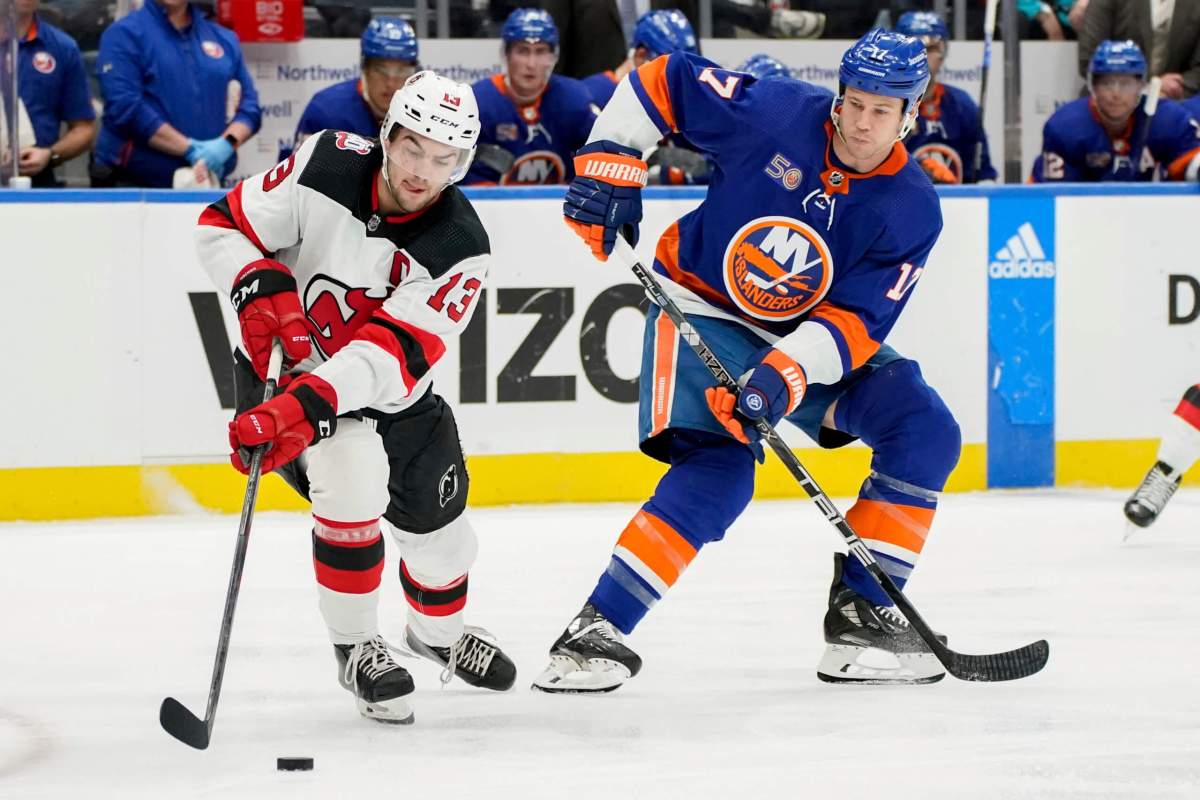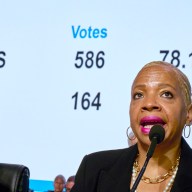Most people have an impression of the 1980s that includes carefree pop music and loud neon colors, but for many the memories of the art, politics and social change of the era are both provocative and painful. These are the very memories explored in “This Will Have Been: Art, Love & Politics in the 1980s,” a boisterous new ICA exhibition and the first major American retrospective focused on a rapidly changing period where artists and nonartists alike seemed to feel like so much was at stake.
“The 1980s were a decade where a lot of artists feel like what they do and where and how they place it is what matters,” says Helen Molesworth, who is the ICA’s Barbara Lee Chief Curator.
The exhibit, first organized at the Museum of Contempo-rary Art Chicago, is ambitious and far-reaching. Its 100-plus pieces cover everyone from household names like Haring, Mapplethorpe and Basquiat, to dozens of lesser-known but revered artists across an exhaustive array of mediums. Selections depict how pivotal tides, from the AIDS epidemic, Reagan/Thatcher conservatism, social change for women and minorities, encroaching mass media and emerging globalism, became the framework that affected both the stories artists chose to tell and how they told them.
Some stories are like riddles, while others are more like conversations. Jeff Walls’ large, illuminated photograph “Picture for Women” greets visitors with the diffident portrait of a female model and a male photographer staging a photograph in front of a mirror. Another work, Nan Goldins’ “The Ballad of Sexual Depen-dency,” lets viewers absorb the unfiltered love life of the photographer through a 45-minute slideshow of personal photographs. But not all works are so readily personal. Jeff Koons’ meticulous stainless-steel sculpture of an inflatable toy, “Rabbit” (which you probably noticed on Metro’s front page today), is a needed reminder of the decade’s toxic frivolity.
Rather than assume the Herculean-feat of surveying the period historically, “This Will Have Been” succeeds as an equally heroic love letter to a decade where Molesworth, now 46, came of age as an artist and a gay woman. Her persistent memories of the needs for social justice, personal growth and egging on inevitable change in the art world give the collection continuity and grace.
The price is wrong
To appreciate the personality of “This Will Have Been,” it’s also important to understand what you won’t see. There’s video and music, but no MTV. You’ll get satisfyingly bold pieces of cultural appropriation, like General Idea’s “AIDS Wallpa-per,” but not much neon. If anything, the exhibit mocks com- mercialism, such as the de-cade’s massive art boom where neo-expressionists like Julian Schnabel became eccentric mul- timillionaires selling out of New York’s Mary Boone Gallery.
















